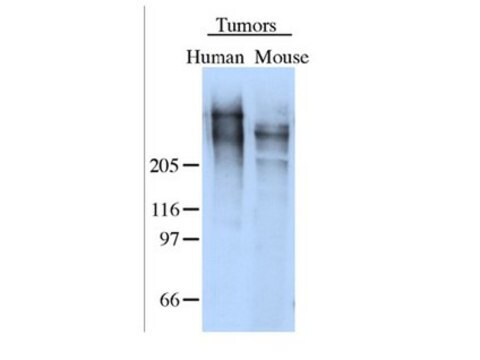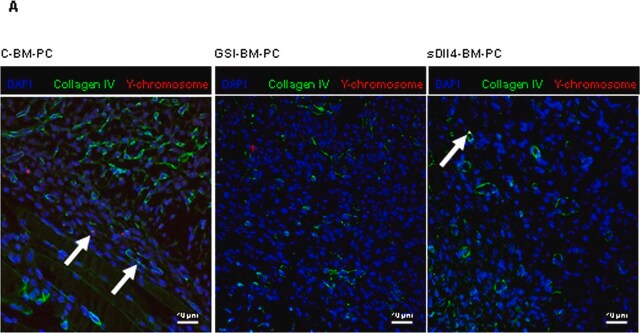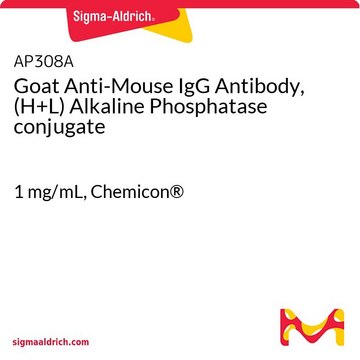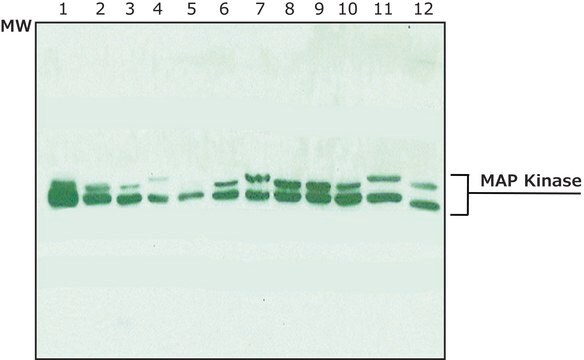AB19013
Anti-Tenascin Antibody
Chemicon®, from rabbit
Synonym(s):
Anti-150-225, Anti-DFNA56, Anti-GMEM, Anti-GP, Anti-HXB, Anti-JI, Anti-TN, Anti-TN-C
About This Item
Recommended Products
biological source
rabbit
Quality Level
antibody form
affinity isolated antibody
antibody product type
primary antibodies
clone
polyclonal
purified by
affinity chromatography
species reactivity
chicken, human
manufacturer/tradename
Chemicon®
technique(s)
immunohistochemistry (formalin-fixed, paraffin-embedded sections): suitable
NCBI accession no.
UniProt accession no.
shipped in
dry ice
target post-translational modification
unmodified
Gene Information
human ... TNC(3371)
Specificity
Immunogen
Application
Western blot: Antibody recognizes a 220-240kDa band in reduced westerns; antibody reacts best with chicken, followed by human (100X less reactive). Mouse reactivity under reduced conditions is poor.
Immunohistochemistry: frozen and paraffin embedded tissues; citrate treatment useful for paraffin tissues.
Optimal working dilutions must be determined by the end user.
Cell Structure
ECM Proteins
Linkage
Physical form
Storage and Stability
Analysis Note
Embryonic chicken brain
Other Notes
Legal Information
Disclaimer
Not finding the right product?
Try our Product Selector Tool.
Storage Class Code
12 - Non Combustible Liquids
WGK
WGK 2
Flash Point(F)
Not applicable
Flash Point(C)
Not applicable
Certificates of Analysis (COA)
Search for Certificates of Analysis (COA) by entering the products Lot/Batch Number. Lot and Batch Numbers can be found on a product’s label following the words ‘Lot’ or ‘Batch’.
Already Own This Product?
Find documentation for the products that you have recently purchased in the Document Library.
Our team of scientists has experience in all areas of research including Life Science, Material Science, Chemical Synthesis, Chromatography, Analytical and many others.
Contact Technical Service







